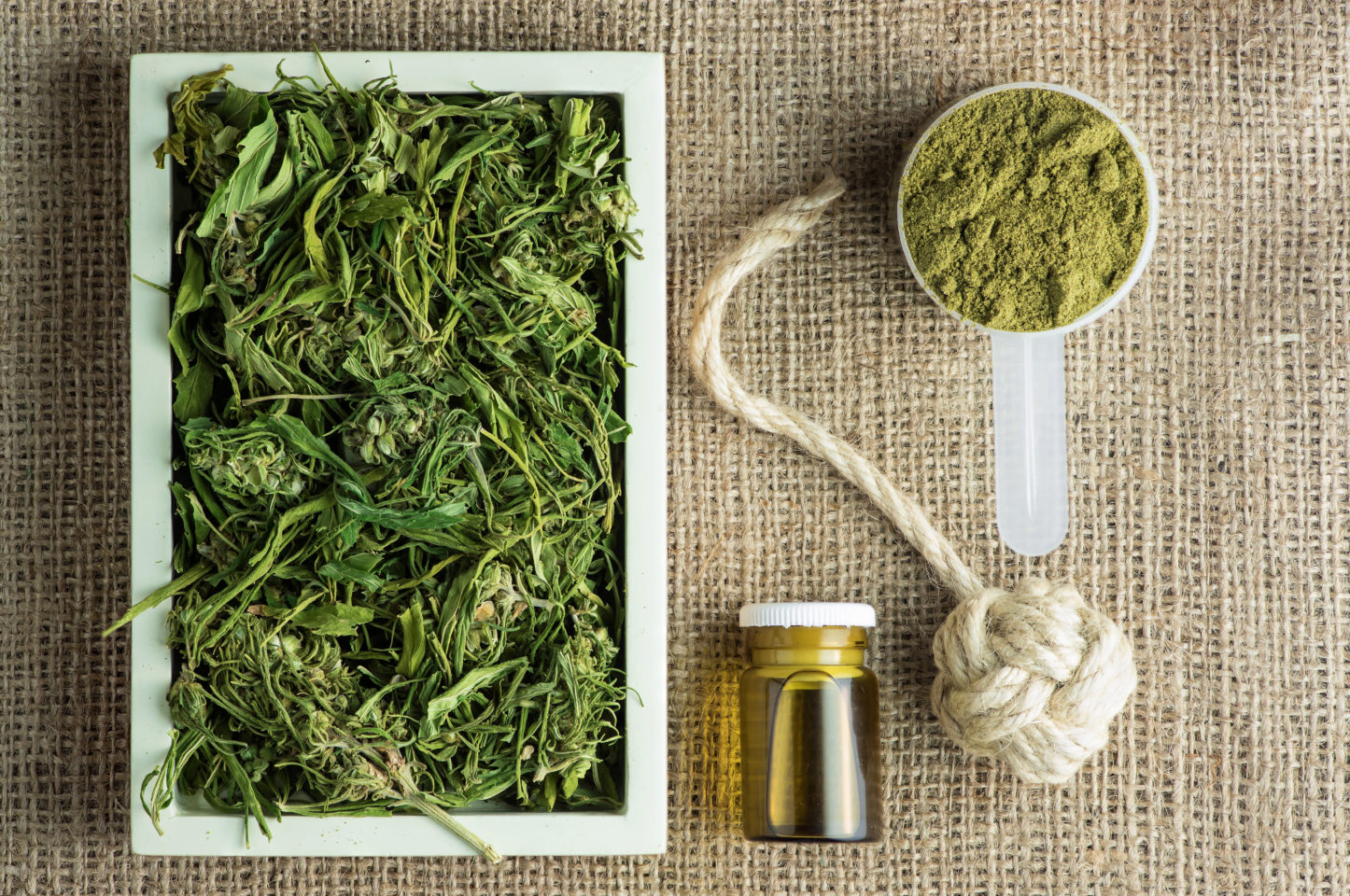
Destruction and legalization of hemp crops analyzed in the latest report
A new report from New Frontier Data looks at the average number of factories considered “hot” and what the industry might look like in the near future.
New Frontier Data released new data on August 5th regarding the harvest and how many plants have gotten “hot” or exceeded the required limit of less than 0.3 percent THC and had to be destroyed. In his “Hot vs. Not?” According to research, the average percentage of plants considered hot in the US hemp crop is 10.81 percent (based on data between 2018-2020).
New Frontier Data mentions that some states either have not kept detailed records of THC sampling in plants or are unwilling to make the data public, so the veracity of these suggestions should be accepted given this fact.
2018: 111,912 acres of licensed hemp, 78,176 acres planted (2018 harvest dates not available).
2019: 511,442 hectares of licensed hemp, 242,565 hectares planted, 134,059 hectares harvested.
2020: 336,655 hectares of hemp licensed, 70,530 hectares planted, 33,845 hectares harvested.
According to what the data offers, more than 4,000 hectares of arable land were destroyed in 2019 (out of the 242,565 hectares that were planted) because they were considered hot plants. Although harvests declined in 2020, hot harvests continued to pick up, resulting in an even more devastating year with 6,234 harvests labeled hot.
New Frontier Data predicts that based on the above numbers, 2021 could produce an estimated 11,675 hot crops (although it also suggests that this number could change once the USDA completes its testing and sampling methods).
New Frontier Data claims that the main reason for the rise in hot hemp crops is largely due to the forbearance of government organizations like the USDA and state agricultural agencies.
“As a result, the USDA’s and national agricultural departments’ indulgence for genetics and the unwillingness to prescribe certified seeds like their Canadian counterparts have resulted in an excess of acreage for hot hemp strains and an industry focused almost entirely on one cannabinoid Focused, US consumers are projected to spend $ 121 billion between 2020 and 2025, ”New Frontier Data wrote.
Earlier this year, on January 15th, the USDA’s preliminary final guideline was released. If a hemp plant was tested with more than 1.0 percent THC, it would have to be destroyed. “Rehabilitation refers to any process by which non-compliant hemp (THC concentration> 0.3%) is made compliant (THC concentration ≤ 0.3%). Remedy can be achieved by separating and destroying non-compliant flowers while retaining stems, leaves and seeds, or by shredding the entire hemp plant to create a homogeneous “biomass” that can be retested for THC compliance ” says the updated rule of the USDA.
Shutterstock
Hemp and margin of error
New Frontier Data believes the USDA’s particular language could mean there is acceptable leeway for using industrial hemp to make fiber. The organization notes that this year’s harvest season will be interesting as many growers have chosen to plant hemp seeds from China. These particular strains usually test at or above the one percent THC limit; However, genetics have also developed strong hemp stems that could be extremely useful in fiber production.
Analysts believe the upcoming discussions about legalizing cannabis at the federal level could also lead to new changes in THC percentages. “… the current regulatory system is underpinned by the federal ban on high-THC cannabis as a rationale for the excessively low THC limit for industrial hemp,” said Josh Adams, senior industry analyst at New Frontier Data. “Should cannabis with a high THC content be legalized, then there are hardly any justifications for further enforcement of the THC limit of <0.3%."
Adams adds that if Senator Rand Paul’s proposed bill, the Hemp Economic Mobilization Plan Act of 2021, announced in March 2021, which would raise the threshold from 0.3 percent THC to 1.0 percent THC, is passed , “… An environment where high-THC cannabis was no longer banned. In this scenario, it makes little sense to continue to regulate industrial hemp and cannabis separately based solely on the THC content.
“Once high-THC cannabis becomes legal, these guidelines will likely need to be aligned to create a more consistent regulatory framework for the cannabis plant as a whole,” he said.

Post a comment: